RemPlex 2025 Summit - Case Study - Hanford Pump and Treat
Enhancing Pump and Treat Operations at Hanford: Performance-Based Management Strategies and Remedy Optimization
November 4, 2025, 9:00 a.m.
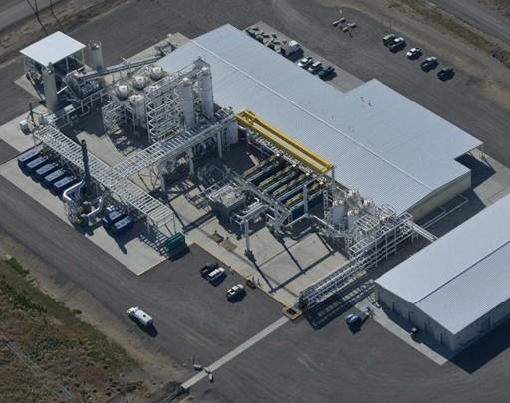
Pump-and-treat (P&T) systems are one of the most commonly used groundwater remedies for hydraulic containment and treatment of contaminated groundwater. While P&T operations are very effective for initial bulk containment and treatment, maintaining their performance over time throughout the lifetime of the remedy has been identified as a challenge at many sites. This case study focuses on Hanford Site 200 West P&T remedy located on the Central Plateau which is near the center of the Site. The P&T facility has been operating since 2012 to target co-mingled contaminant plumes, treating more than more than 2 billion gallons of groundwater annually. An overview of P&T operations will be presented along with current and upcoming challenges with respect to delineating groundwater plumes and optimizing remedy performance. This will be followed by presenting a range of efforts being explored and implemented to improve facility and field operations including (1) facility modifications, (2) a computational optimization tool, and (3) vertical characterization and optimization of extraction wells. The lessons learned at the Hanford Site allow for long-term planning to achieve the cleanup goals and can be tailored to other complex sites.
Agenda
Timeline (Pacific Time) | Presentation Title | Presenter |
9:00–9:10 a.m. | Kickoff | Inci Demirkanli Judy Robinson |
9:10–9:35 a.m. | Overview of Groundwater Remediation on the Hanford Central Plateau | Inci Demirkanli |
9:35–10:00 a.m. | Navigating the Path to an End State: Insights and Challenges in 200W Pump & Treat Performance and the Carbon Tetrachloride Plume | Ryan Carter |
10:00–10:20 a.m. | Performance-Based Management Strategies for Optimizing Pump & Treat Remedies | Inci Demirkanli |
10:20–10:35 A.M. | BREAK | |
10:35–11:00 A.m. | 200 West Pump and Treat Operations and RPO (Remedial Process Optimization) Implementation and Challenges | Dean Neshem |
11:00–11:25 A.m. | 200 West RPO Success Through Effective Toolset Application and Maintenance | Trevor Budge |
11:25–11:50 A.m. | Computational Tools for Supporting Pump-and-Treat Optimization at the Hanford Site | Xuehang Song |
11:50 A.M. –12:00 P.m. | Wrap-Up | Inci Demirkanli Judy Robinson |
Biographies
Moderator
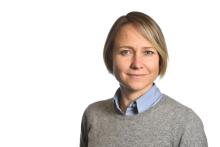
Inci Demirkanli
Pacific Northwest National Laboratory (PNNL)
Inci Demirkanli is a senior scientist at Pacific Northwest National Laboratory with experience in analytical and numerical modeling of subsurface flow and transport with applications in remediation research and radionuclide mobility in the vadose zone and in subsurface energy and storage systems, such as geologic sequestration of CO2, enhanced oil recovery, and hydraulic fracturing. She has managed and participated in large projects, providing technical and programmatic support to the U.S. Department of Energy's (DOE’s) Hanford Site for characterization and monitoring of contaminants, assessment and implementation of remediation technologies, and remedy impacts and optimization. In addition to supporting Hanford Site work, she also provided technical and programmatic support to the Environmental Protection Agency (EPA), particularly for underground injection related issues such as rulemaking for the development of federal requirements for geologic sequestration of CO2. Inci has a BS in Environmental Engineering from Marmara University, and an MS and PhD in Environmental Engineering from Clemson University.

Judy Robinson
PNNL
Judy Robinson is a geophysicist at Pacific Northwest National Laboratory with over 10 years experience applying geophysical methods in field and laboratory settings for characterization and monitoring of environmental remediation sites. Since joining PNNL in 2018, her research projects have focused on using electrical and seismic imaging to refine the Hanford geologic framework model, combining flow and transport models with electrical resistivity imaging to determine the feasibility and applicability of field electrical imaging, and using complex resistivity for geochemical interpretations. She also manages projects for the site contractor related to physical and hydraulic characterization and biodegradation. Judy has a BS in Civil Engineering from New Jersey Institute of Technology, a MS in Engineering in Environmental Engineering from Johns Hopkins University and a PhD in Environmental Science / Near-surface Geophysics from Rutgers University-Newark.
Speakers

Inci Demirkanli
PNNL
Inci Demirkanli is a senior scientist at Pacific Northwest National Laboratory with experience in analytical and numerical modeling of subsurface flow and transport with applications in remediation research and radionuclide mobility in the vadose zone and in subsurface energy and storage systems, such as geologic sequestration of CO2, enhanced oil recovery, and hydraulic fracturing. She has managed and participated in large projects, providing technical and programmatic support to the U.S. Department of Energy's (DOE’s) Hanford Site for characterization and monitoring of contaminants, assessment and implementation of remediation technologies, and remedy impacts and optimization. In addition to supporting Hanford Site work, she also provided technical and programmatic support to the Environmental Protection Agency (EPA), particularly for underground injection related issues such as rulemaking for the development of federal requirements for geologic sequestration of CO2. Inci has a BS in Environmental Engineering from Marmara University, and an MS and PhD in Environmental Engineering from Clemson University.
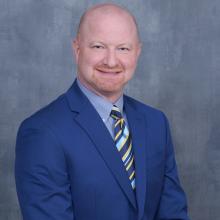
Ryan Carter
Central Plateau Cleanup Company (CPCCo)
Ryan Carter is a geoscientist at CPCCo with over 15 years of experience in environmental site assessments and groundwater remediation. He has been involved in groundwater cleanup efforts within the 200-UP-1 and 200-ZP-1 Operable Units including as a Groundwater Scientist and currently as an Activity Manager. He received his BS in geology from Eastern Washington University and an MS in Environmental Studies/Geosciences from the University of Montana.
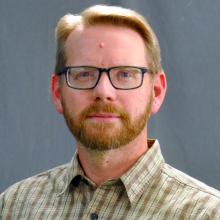
Dean Neshem
CPCCo
Dean Neshem is the operations manager for pump and treat operations at the Hanford Site. He brings more than 15 years of experience with operations, maintenance, and engineering support of the groundwater treatment program. He has a degree in chemical engineering from Washington State University.
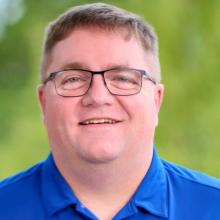
Trevor Budge
INTERA
Trevor Budge has over two decades of experience characterizing and modeling hydrologic systems in support of a wide range of water resources, environmental, and waste isolation projects. His work includes analyzing and optimizing remediation configuration and operation, investigating long-term remediation costs, characterizing complex geological settings, and developing GIS tools for efficient processing of data and modeling results. These tasks have been completed using a wide range of numerical, analytical, and geostatistical tools. For the last 15 years he has worked at the Hanford Site specializing in the groundwater flow and fate and transport of contaminants.

Xuehang Song
PNNL
Xuehang Song is a computational hydrogeologist at PNNL, where he has worked since 2015. His research integrates physics-based modeling with machine learning to support decision-making at complex remediation sites. At the Hanford Site, he focuses on simulating groundwater flow and contaminant transport, developing performance-based optimization strategies for pump-and-treat systems, applying data-driven approaches to improve monitoring well networks, and evaluating glass and grout waste form performance through numerical modeling. At PNNL, he also leads research using Bayesian data assimilation, geostatistics, and high-performance computing to investigate surface water–groundwater interactions and coastal aquifer salinization.